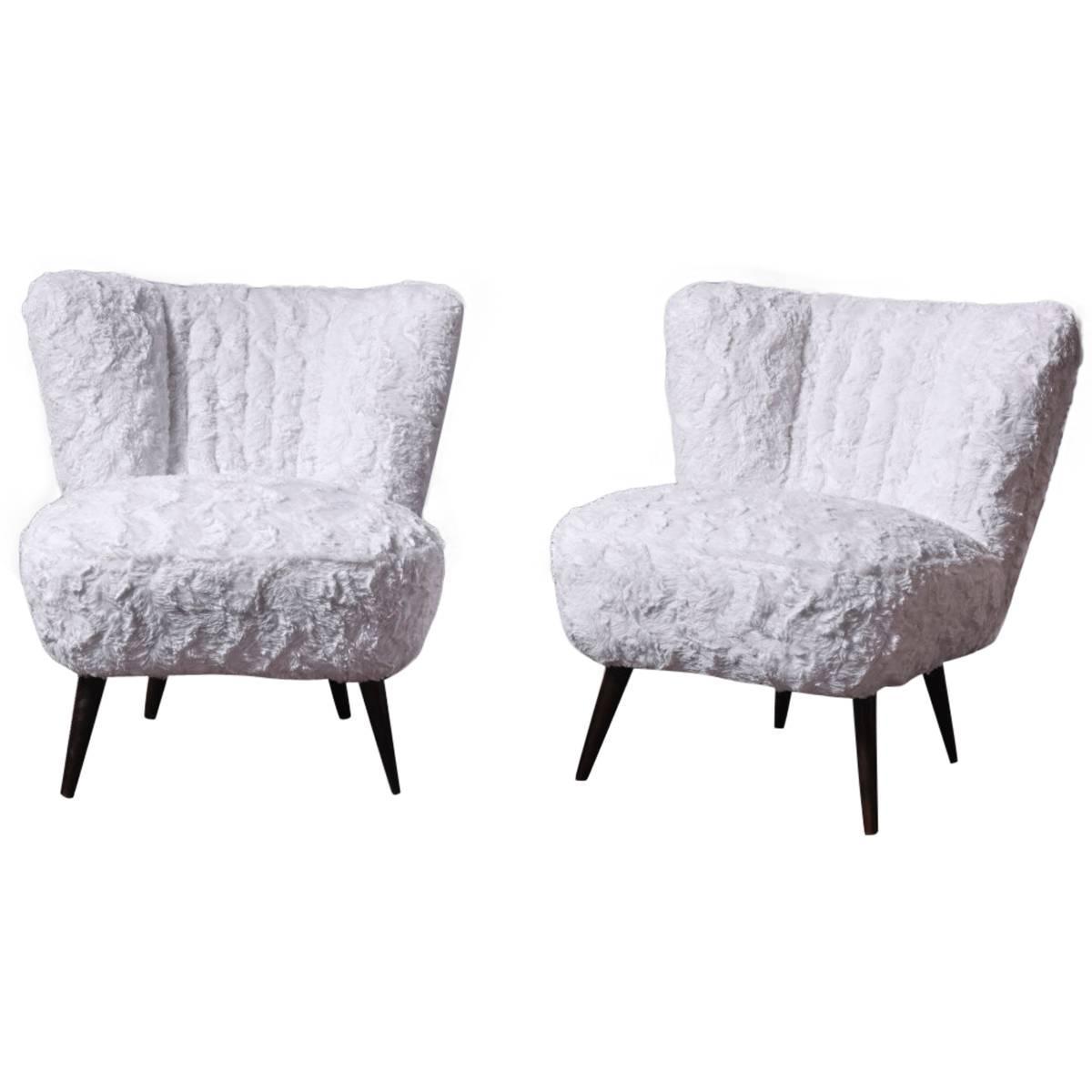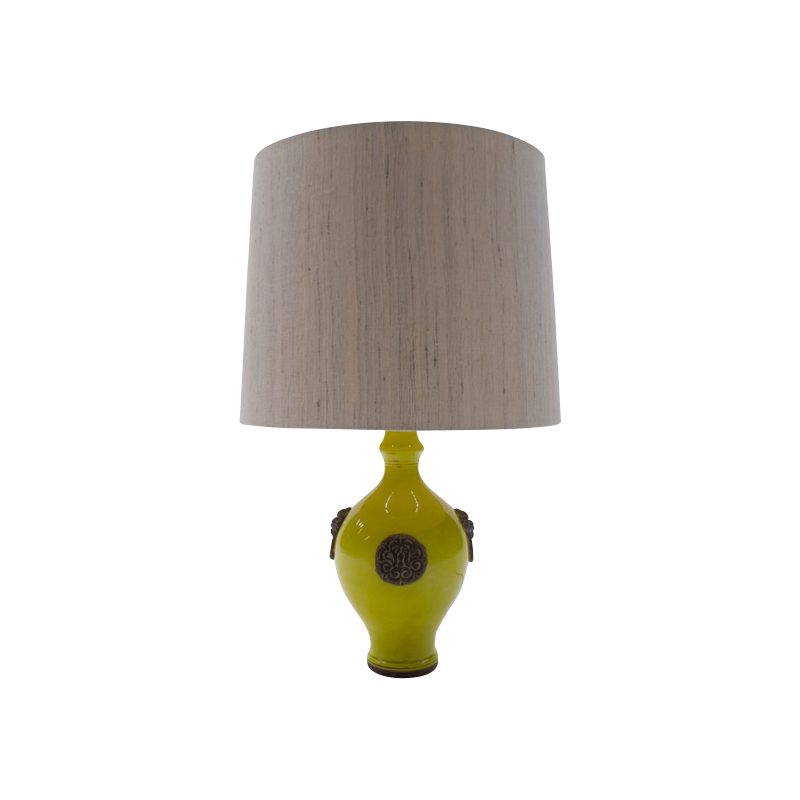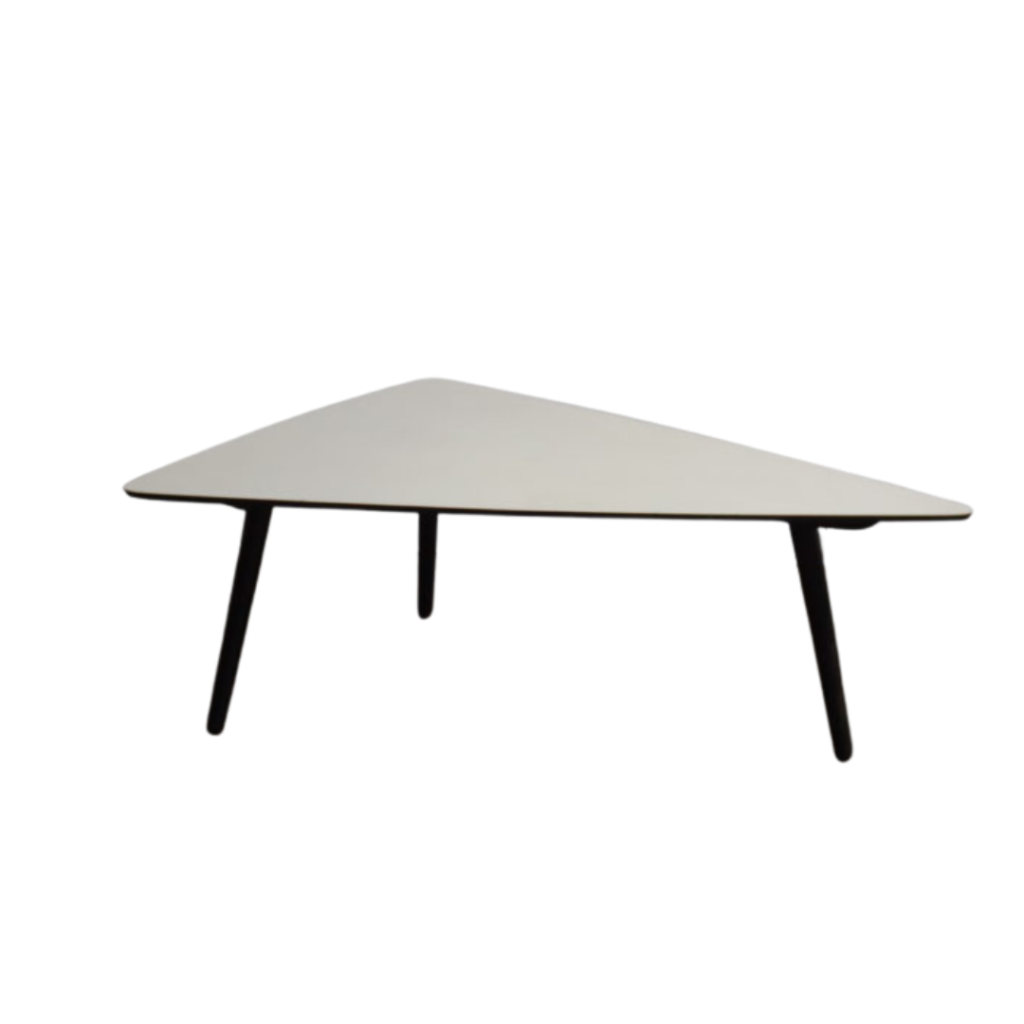Dang that's a nice Lautner...
Dang that's a nice Lautner pad!
Heath... About your round table..real sharp! I'm concerned about support. Couldn't the legs splay given too much tabletop pressure or weight. On other tables with similar approach, there's a kind of buttress between the leg and top . I'm trying to remeber the table, could draw it. Perhaps a rounded triangular leg, flat side facing out would prevent overflexing?
There could be
issues -- a very canted leg might want to be of slightly thicker material -- or there could be a spine to the leg, making a T section -- where bending needed to be overcome.
Actually, I like the idea of table tops -- and other elements, perhaps -- being a bit flexible, or springy -- like a tree branch. It is surely a way to mitigate point stress on joinery and members. As with the same problem in tall structures, the amount of bending permitted is a function not of structure, but of user tolerance. Engineers would be happier with more flexible towers. . .
I am thinking more and more of 1/2" thick tops -- another reason why I like the idea of connecting ligaments between the slats, at their terminal ends, when cantilevered from the core.
A flexible bench would be a luxury, wouldn't it -- softness without upholstery ? There's a reason why a thin and inexpensive office chair can seem like something more, when the user slightly compresses the gas lift upon sitting.
I imagine
the slats of Wegner's bench are meant to flex slightly under the sitter's weight -- which raises the question of how they are fixed to the rails.
Rigidity has its purposes, of course -- you want a case piece with doors not to flex out of square (sliding doors are an exception). But a table or bench which can twist a bit will never rock on an uneven floor.
Uncomfortable
I've always been a bit uncomfortable with the end shoulder of that bench. I had opportunity to get one a few years back and passed for that (and other) reasons.
I've got a book of Wegner drawings at home - I'll see if the bench is in there. Then there's only the issue of deciphering Wegners insane layered drawings.
. . .
that is to say, plywood moves (expands and contracts) about as much as does timber along its length: nearly nil. So, expansion joints are not required. But I like the solution -- assuming the pin is long enough and stout enough to do the job that an unbroken spar would. . .
I'd just chop off the head...
I'd just chop off the head off a high strength bolt, about 2 inches should be enough. I don't think I'll bother executing it though I did think that a leg with a semicircular top could be sandwiched in that gap and swivel about the pin for a collapsable leg, would have to set the gap back, drill an angled hole (if I want an angled leg) and brace the leg though.
If you need any help, please contact us at – info@designaddict.com









